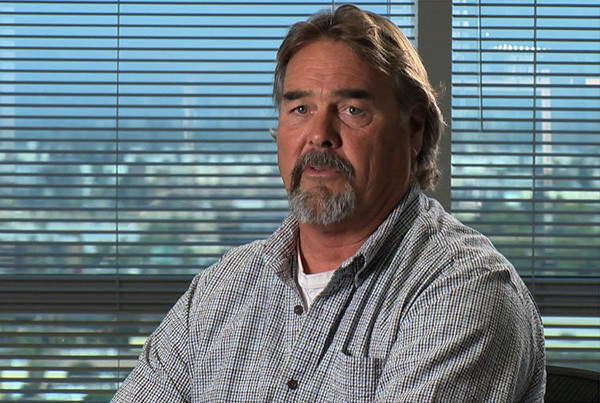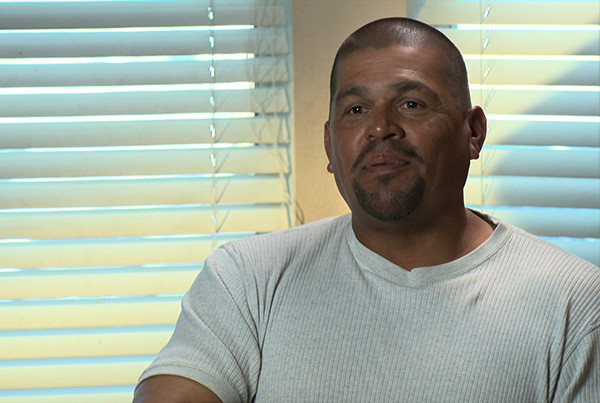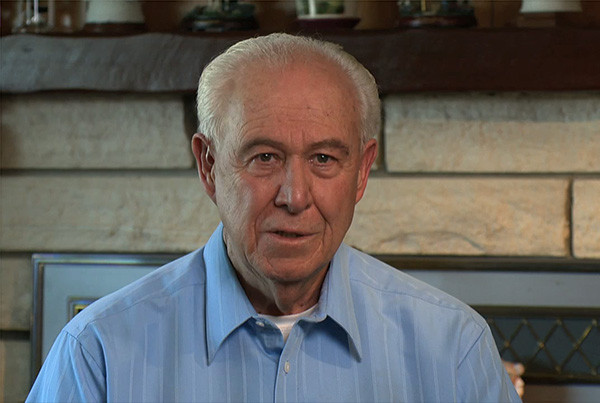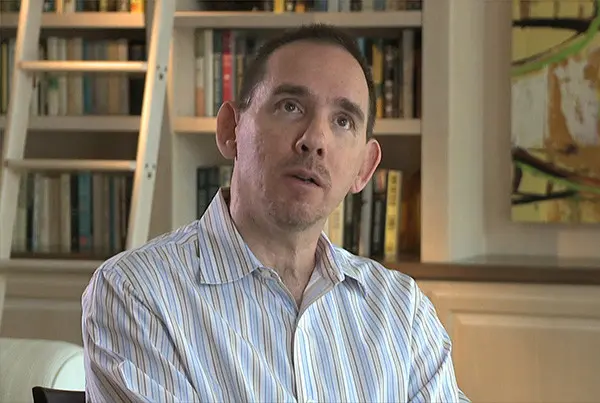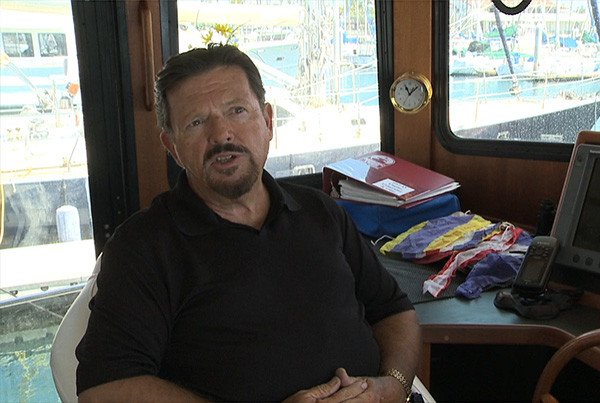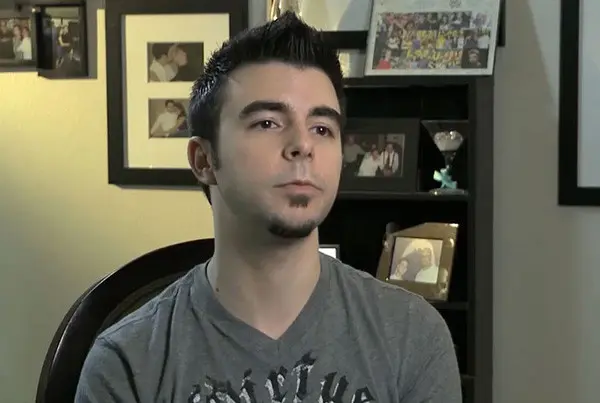Surgery – Graft
Home > Peyronie’s Disease > Surgery – Graft
Penis Graft Surgery To Straighten Curvature
It is possible to fix penile curvature caused by Peyronie’s disease by adding tissue to the shorter side of the penis where the plaque is most prominent. By adding length to the shorter side, this makes both size more equal and straightens the curved penis. When tissue is added, the material used is called a graft. This surgical technique is especially appealing to patients with significant penile size loss, as the surgery will not result in further shortening of the penis.
After careful dissection of the nerve and vascular structures of the penis, the scar that is causing the penile curvature is incised, creating a defect. A graft using tissue from a distant part of the body can then be placed to fill this defect and lengthen the short side. While many graft materials can be used, at the Center for Reconstructive Urology our preference is to use dermis, which is the material between the skin and the fat. This graft is typically harvested from the abdominal wall in the area known as the “love handles”. Penis graft surgery is often used to correct upward curvature during Peyronie’s Disease surgery by incising the scar along the top of the penis and then adding graft tissue.
The following penile graft surgery pictures show the correction of penile curvature with a dorsally (top) placed graft. The skin is incised circumferentially with a method called a circumcising incision. This then allows the penis skin to be pulled backed, which “de-gloves” the penis, exposing the underlying nerves and blood vessels that course along the top of the penis under the skin. These nerves and blood vessels are responsible for providing blood supply and sensation to the head of the penis (glans penis). There is a vein that travels along the midline of the penis (the dorsal vein) that can be excised without consequence, allowing access to the plaque that is now able to stretch during an erection, causing the penile curvature. Then, the neurovascular structures can be carefully moved toward the side to provide unbridled access to the plaque along the tunica of the penis. We use optical magnification for this portion (and all other portions) of the surgery.

Next, we cut into the plaque using an incision that has an appearance similar to a “double Y” (see figure 1 below). As the plaque is released, a defect is created that allows the length to expand (see figure 2 below). However, the incision into the penis creates a hole that needs to be covered (see figure 3 below), and this is achieved with the placement of the graft, as shown below.
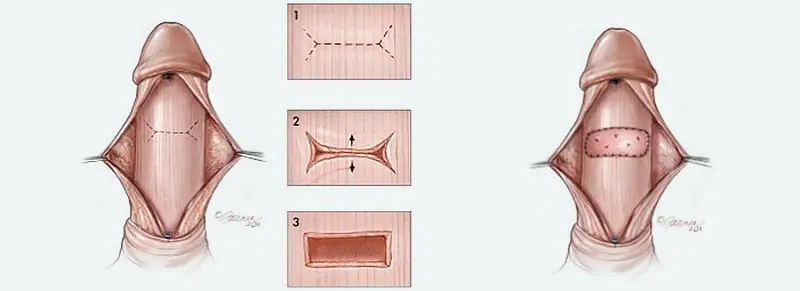
After the graft is sutured to the tunica of the penis, the correction of the curvature is confirmed. Once it is confirmed that the penis is straight when erect, the neurovascular structures are repositioned, and the skin is closed.
Many men contact the Center for Reconstructive Urology asking if they can have Dr. Gelman perform graft surgery with excision of the plaque. They are under the impression that if the penile plaque associated with their Peyronie’s Disase were removed, that would be the best treatment for their penile curvature. In some cases, we do excise plaque with grafting, but that is reserved for very severe cases with very prominent extremely hard plaques. In most cases, incision and grafting is preferred over excision and grafting because it has been shown that with removal of the plaque, there is a higher risk of erectile dysfunction. In addition, what corrects the curvature is not removal of the plaque but rather creating a situation that with an erection, the shortened side will be longer. That is achieved by adding to the short side which would be necessary with or withou the actualy removal of the plauque.

